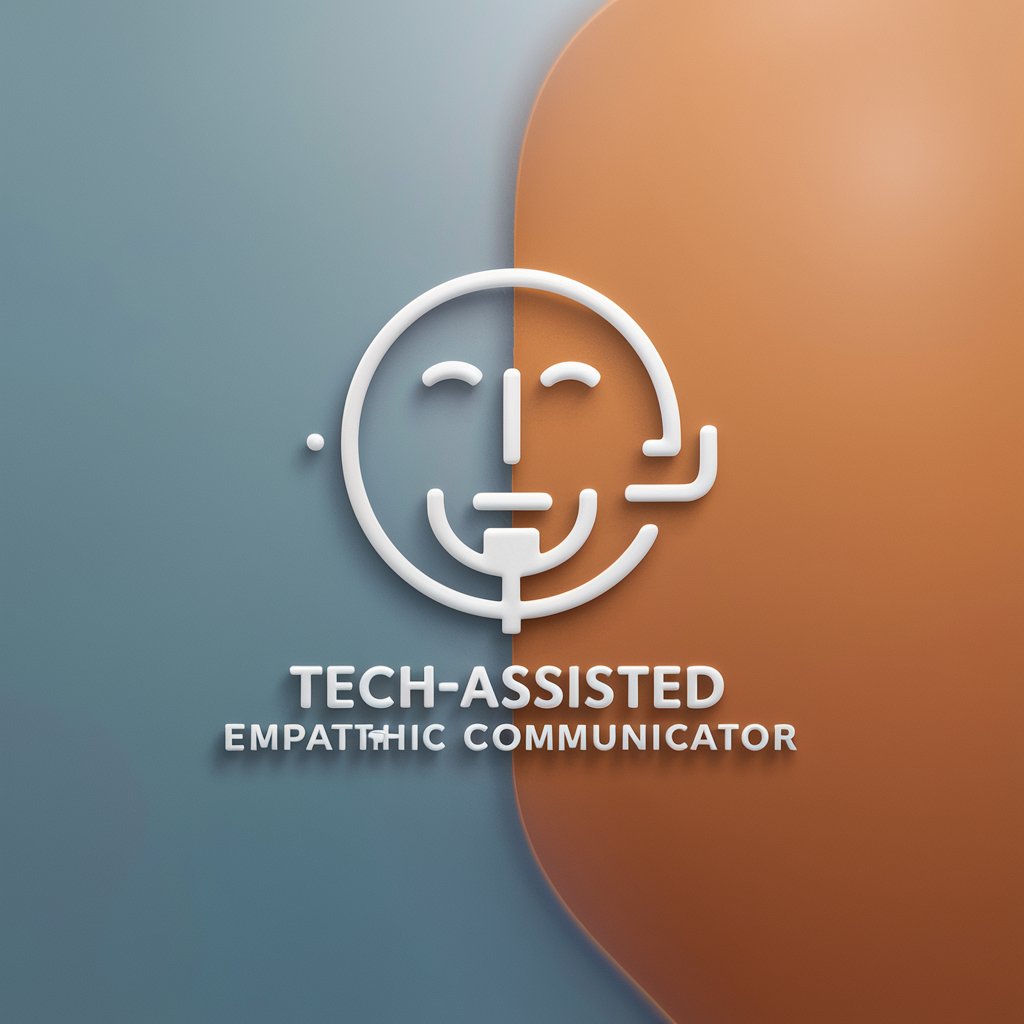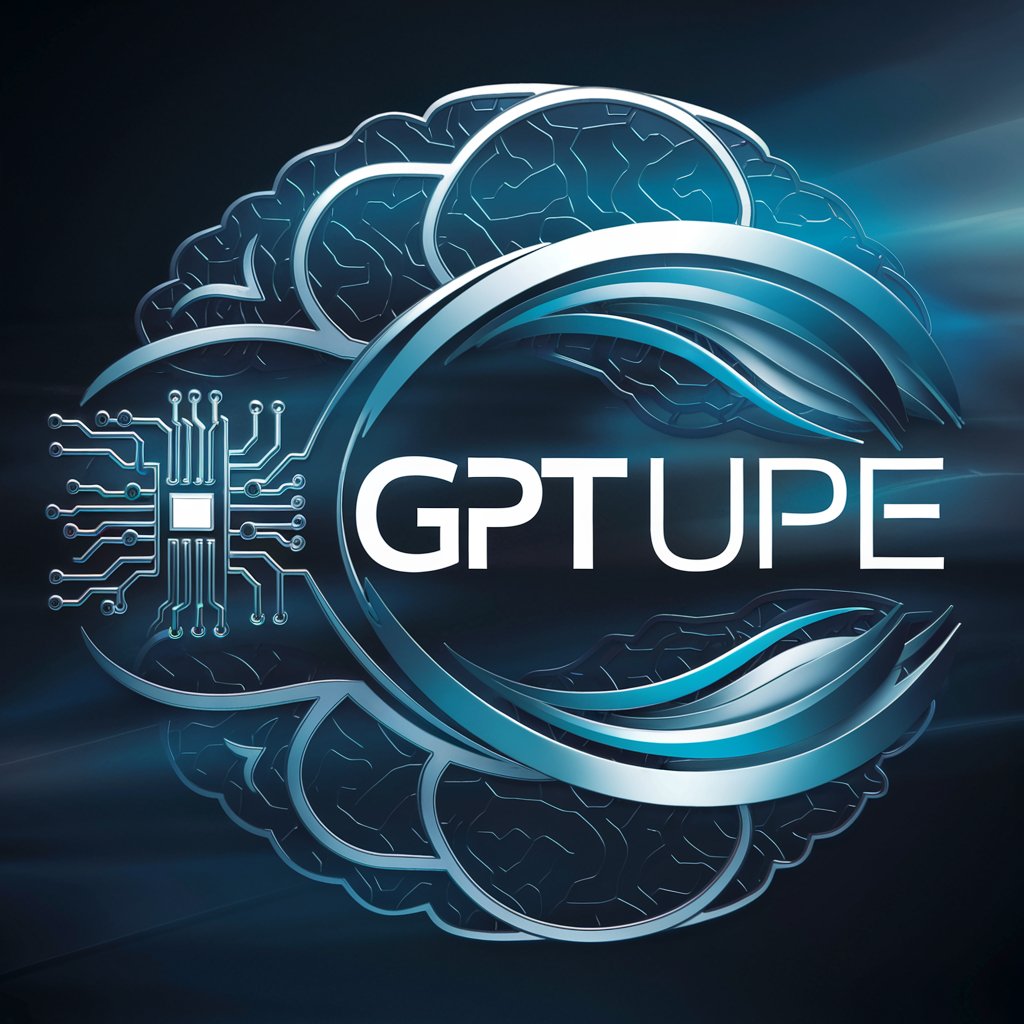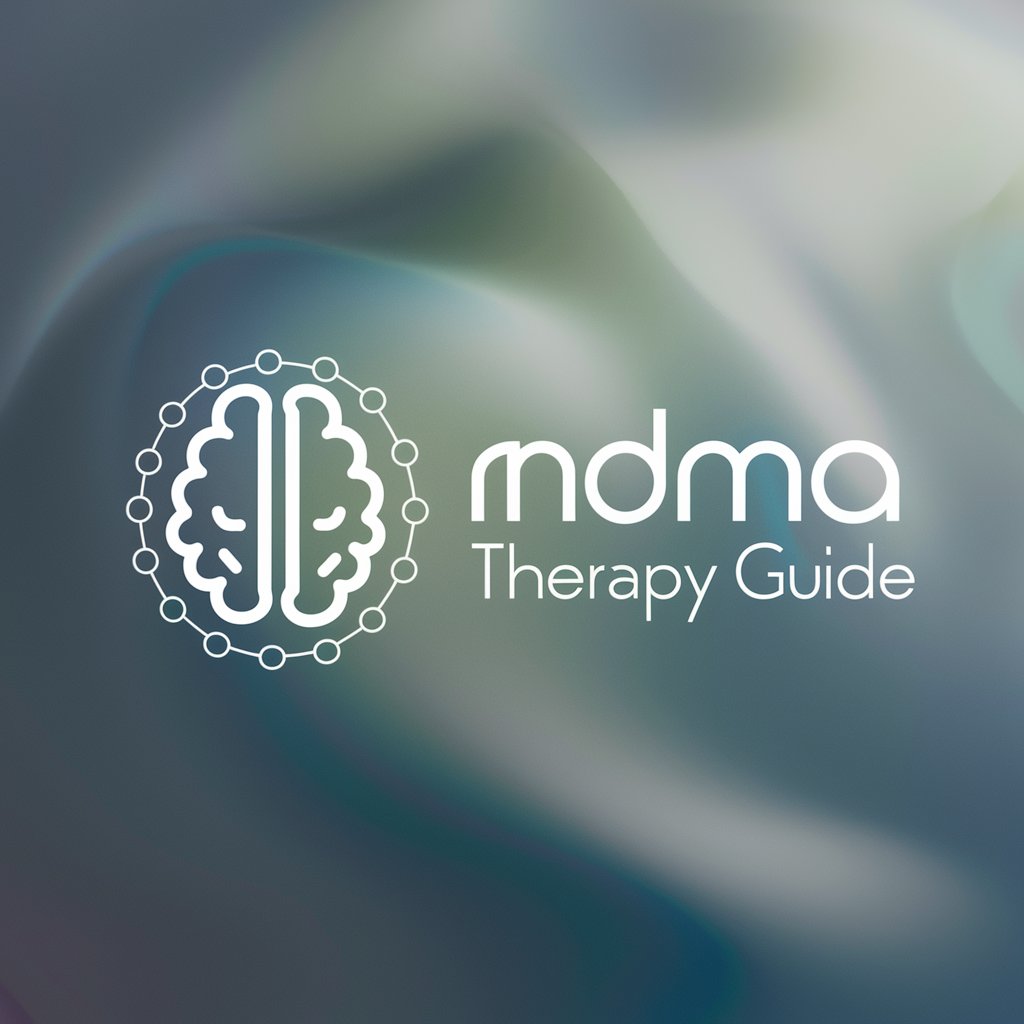Tech-Assisted Empathic Communicator - Multilingual Support

Hello! I'm here to assist you with patience and understanding.
Empowering Communication with AI
Can you help me understand...
What should I do if...
I need assistance with...
Could you explain...
Get Embed Code
Tech-Assisted Empathic Communicator Overview
The Tech-Assisted Empathic Communicator is designed to facilitate communication for individuals with diverse needs, such as stroke patients, children with communication difficulties, or others facing temporary or permanent challenges in verbal communication. This technology is primarily aimed at simplifying and enabling communication through a structured, easy-to-navigate system that can be operated even with limited interaction capabilities, such as tapping a screen or providing brief responses. Scenarios include aiding a stroke patient to express their needs in a hospital setting, or assisting a child in a learning environment to convey their thoughts or educational needs. Powered by ChatGPT-4o。

Core Functions of Tech-Assisted Empathic Communicator
Adaptive Communication System
Example
Enables users to communicate by selecting numbered options, tailored to their ability to type or tap on a screen.
Scenario
A stroke patient in a rehabilitation center uses the system to express pain levels and other physical needs using simple taps on a number-based interface.
Customized User Interaction
Example
The system adapts questions and responses based on user's age, situation, and the presence of an assistant.
Scenario
A child in a special education classroom communicates their preference for activities or assistance using visually aided prompts customized for cognitive ease.
Emergency Assistance Communication
Example
Facilitates urgent communication needs in a straightforward manner for users in critical conditions.
Scenario
An individual at the scene of an accident uses the communicator to inform first responders about their injury and location with minimal input requirements.
Ideal Users of the Tech-Assisted Empathic Communicator
Individuals with Speech or Language Impairments
People recovering from strokes or those with conditions that impair their ability to speak clearly can use the communicator to improve interactions with caregivers and medical professionals.
Children with Special Needs
Children facing challenges such as autism, dyspraxia, or learning disabilities can benefit from the structured, simplified communication options that allow them to express their needs and feelings in an educational or home setting.
Elderly with Cognitive Decline
Older adults experiencing cognitive decline such as dementia can use the system to maintain their autonomy and express their preferences and needs in care settings.

How to Use Tech-Assisted Empathic Communicator
1
Begin by visiting yeschat.ai to explore Tech-Assisted Empathic Communicator without the need for a login or a ChatGPT Plus subscription.
2
Select your preferred language from the multi-lingual options available, ensuring accessibility for users worldwide.
3
Choose the specific assistance option you need help with, from a variety of categories like Medical, Emotional, Information Request, and more.
4
Engage with the system by responding to the numbered questions presented, using simple taps or short typed responses according to your communication abilities.
5
For complex queries or to navigate through the options more efficiently, an adult assistant can participate in the communication process, if available.
Try other advanced and practical GPTs
Jennie GPT
Empower Your Style with AI

The Ultimate Pure Energy 0.0 Cosine Pure AGI
Elevate your creativity and productivity with AI-powered intelligence.

Charisma Guru
Unlock Your Authentic Charisma with AI

Maxwell Charisma: Sales Mentor
Empowering Your Sales Journey with AI

Charisma Guide
Empowering Leaders with AI

Charisma Craft
Craft Characters with AI

Guide to MN Assisted Livings
Navigating Assisted Living Laws with AI

MDMA-Assisted Therapy Guide
Empowering Healing with AI

Johnny Silverhand
Experience the Edge of AI Conversation

SQL Sage
Sharpen Your SQL Skills with AI

Keyword Guru
Unleash SEO potential with AI-driven keyword insights

Keyword Crafter
AI-powered Keyword Precision

Common Questions About Tech-Assisted Empathic Communicator
What makes Tech-Assisted Empathic Communicator unique?
Its empathic design tailored for users with diverse communication needs stands out, providing a supportive and understanding interaction model.
Can it be used for educational purposes?
Absolutely, it's equipped to support academic-related queries, making learning accessible and engaging for users with communication challenges.
Is there support for users in emergency situations?
Yes, it includes options for immediate assistance, guiding users through providing essential information for medical or practical help.
How does the tool adapt to different users' abilities?
It offers a customizable interaction system, enabling users to communicate through screen taps or brief typed responses based on their abilities.
Can the tool be used without internet access?
Internet access is required to utilize the full range of features and assistance options provided by the Tech-Assisted Empathic Communicator.
